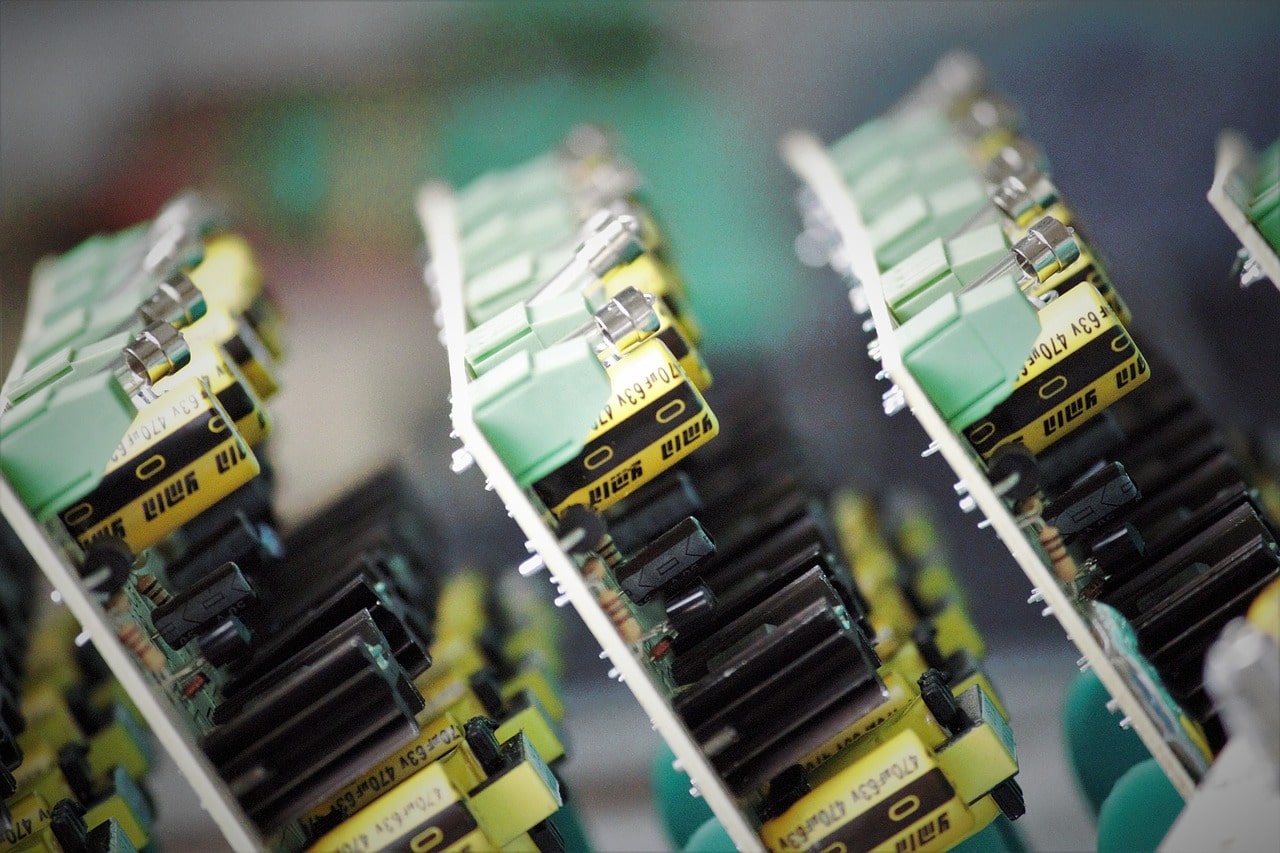Topological Electronics: Protected Quantum States
The field of electronics is constantly evolving, with new technologies and advancements being introduced at an exponential rate. One of the most exciting and promising areas of research in this field is topological electronics, which involves the study of materials and devices that can support protected quantum states. This breakthrough technology has the potential to revolutionize the way we think about and use electronic devices, from quantum computers to energy-efficient electronics. In this article, we will dive into the world of topological electronics and explore the potential of protected quantum states.
Understanding Topological Electronics
To understand topological electronics, we must first have a basic understanding of topology. Topology is a branch of mathematics that studies the properties of spaces that are preserved under continuous deformations.
In the world of electronics, topology comes into play when we consider the arrangement of electrons in a material. In traditional electronics, electrons move freely, and their properties are easily affected by impurities and defects in the material. However, in topological electronics, the electrons are constrained to move along specific paths, known as ‘edge states’. These edge states are topologically protected, meaning that they cannot be easily disrupted by external influences. This results in more reliable and robust electronic devices.
The Promise of Protected Quantum States
Protected quantum states are an essential component in topological electronics. These states are topologically protected, meaning that they cannot be easily disrupted by external influences. This results in more reliable and robust electronic devices, paving the way for the development of quantum computers.
The potential of topological electronics lies in harnessing these protected quantum states to create powerful devices. Quantum computers are a prime example of this technology. Traditional computers use classical bits, represented as either a 0 or 1, to store and process information. In contrast, quantum computers use quantum bits, or qubits, which can represent a 0, 1, or both simultaneously. This allows quantum computers to perform calculations much faster than traditional computers, with the potential to solve complex problems that were previously impossible.
Moreover, the topologically protected nature of quantum states makes quantum computers less vulnerable to external disruptions. In traditional computers, errors can occur due to external interference, leading to incorrect results. However, in quantum computers, the protected quantum states make it difficult for external interference to disrupt the calculations.
Applications of Topological Electronics
Apart from quantum computers, topological electronics has the potential to revolutionize other areas as well. Protected quantum states can be used in creating energy-efficient electronics, as they are less affected by impurities and defects in materials. This can lead to longer battery life and lower energy consumption, making a significant impact in the development of sustainable technology.
Furthermore, topological electronics can also be used in the creation of highly sensitive sensors, such as those used in medical imaging and security systems. The topologically protected edge states allow for more accurate and reliable detection of signals, leading to improved sensing capabilities.
Conclusion
In conclusion, topological electronics holds great promise for the future of electronics. The idea of topologically protected quantum states opens up a whole new realm of possibilities for the creation of advanced devices. From quantum computers to energy-efficient electronics, the potential applications of topological electronics are vast and exciting. As research in this field continues to progress, we can expect to see more groundbreaking developments that will shape the future of electronics.










